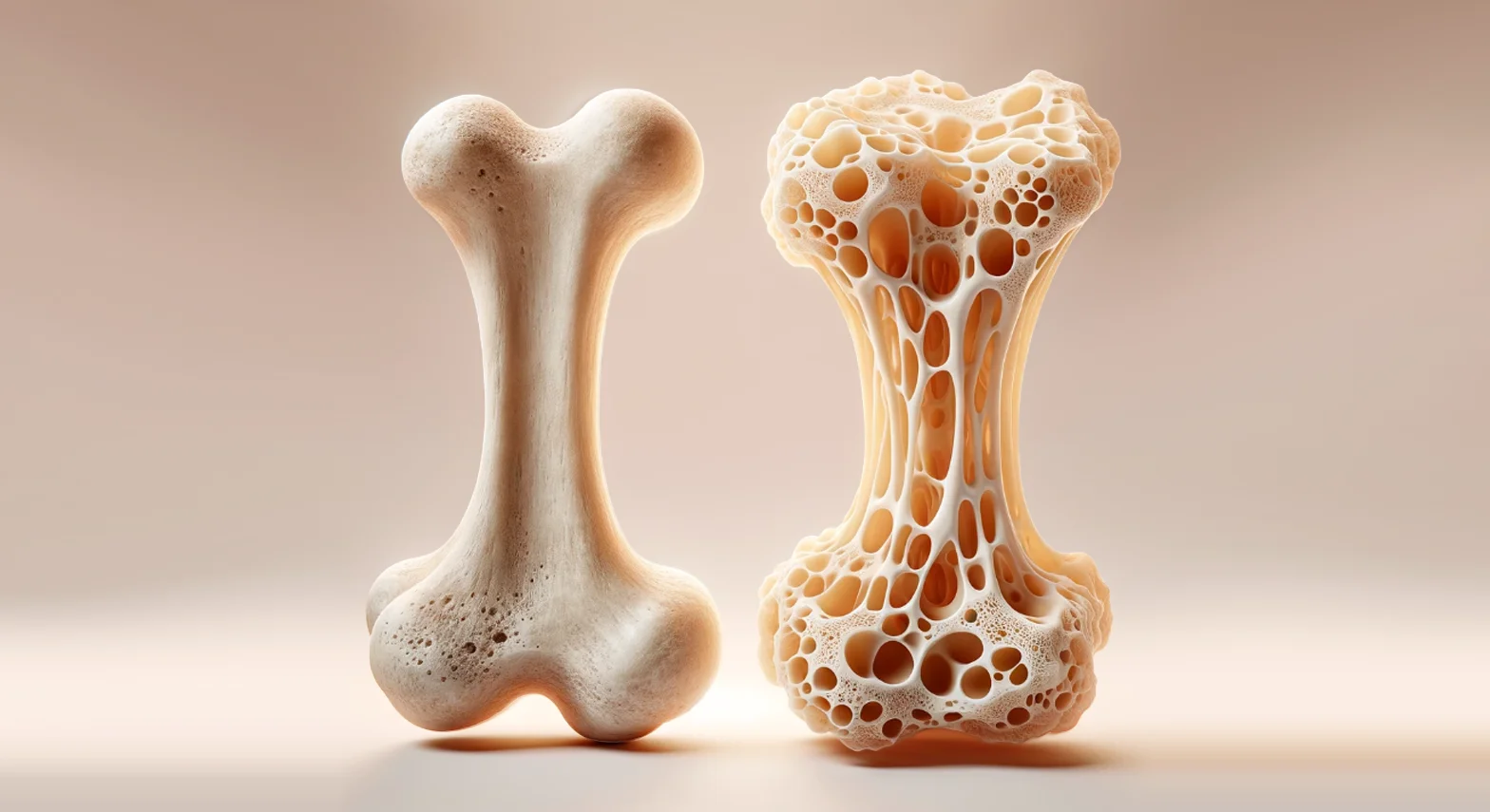January 11th, 2024
Understanding Arthritis: Causes, Symptoms, and Treatment

Arthritis is a broad term for a group of different conditions that cause discomfort in and around the joints of the body. It affects 1 in 5 adults and is the leading cause of disability in the U.S. There are many different types of arthritis, and each has different symptoms and treatment options.
Expert Insights
How can I prevent Arthritis from leading to joint replacement? - Bradford S. Waddell, MD
Arthritis Overview
The literal meaning of arthritis is “joint inflammation.” Any place in the body where two bones meet is a called a joint and can be affected by arthritis. The most common symptoms are pain, swelling, and stiffness. Different types of arthritis may cause different symptoms. It is a chronic condition and symptoms usually get worse over time.

The most common type of arthritis is osteoarthritis and occurs more often in older adults. Other types of arthritis are autoimmune arthritis (rheumatoid arthritis, psoriatic arthritis, axial spondyloarthritis, and juvenile arthritis), infectious arthritis (caused by an infection in a joint), post-traumatic arthritis (after an injury), and metabolic arthritis (gout).
Signs and Symptoms
Arthritis leads to several symptoms in one or more joints, most often:
- Pain
- Stiffness
- Swelling
- Redness
- Heat
Other body organs can show symptoms in some types of arthritis. Be on the lookout for fever, fatigue, weakness, weight loss, or changes in skin and vision.
Risk Factors
Some factors increase the chance of getting arthritis. You do not have any control over certain factors, such as age, gender, and your genes. But you do have control over lifestyle factors such as:
- Being overweight increases the risk of knee osteoarthritis due to stress on the knee joints.
- Smoking can add to the risk of getting rheumatoid arthritis. It can also make exercise tough to do.
- Infection can damage joints. If you see any joint redness, heat, or pain be sure to see your doctor.
- Overuse or injury cause damage over time. Certain repetitive tasks such as kneeling and squatting can increase stress on the knee joints.
Diagnosis
Accurate diagnosis of arthritis is important. Your doctor will ask you several questions about your health and symptoms. Then doctor will perform a physical exam and check the joint and usually the surrounding joints for tenderness, movement, swelling, muscle atrophy (shrinking of the muscle), and crepitus (grinding sound when joint is moved.)
X-rays are helpful in evaluating damage to the joint. Blood tests can show inflammation, infection, and other concerns. Fluid collected from inside the joint may be examined to look for infection or crystals.
Treatment Options
There are several options to help manage the symptoms of arthritis.
Non-surgical Options:
- Medications. Over the counter medications called non-steroidal anti-inflammatory drugs, such as ibuprofen and naproxen, can be very helpful in controlling pain and inflammation. Topical diclofenac can also be effective. Adding acetaminophen may increase pain relief.
- Steroid injection. Corticosteroid injections into the joint can provide considerable relief, however relief is temporary and getting injections too frequently may cause damage.
- Exercise and physical therapy. It is important to keep joints moving and strengthen the muscles around the painful joint. Splints, walking canes, and other equipment can help with daily activities and getting around.
Surgical Options:
If non-surgical treatments are no longer controlling the pain, an orthopedic surgeon may move forward with surgery.
- Partial or total joint replacement
- Removing the damaged joint lining (synovectomy)
- Joint fusion (fusing the ends of the joint together to decrease movement and joint pain)
- Readjusting the joints (osteotomy)
Living With Arthritis
Learning more about your condition will help you understand your symptoms and give you the tools you need to feel better. More information can help lower your stress levels and help you feel more in control.
Stay active. Moving your joints helps keep them less stiff and will improve function. Exercise additionally helps put you in a better mood and improves overall health. Start with activities you enjoy for short periods of time.
Stay in touch with your doctor. Getting the right diagnosis is essential for proper management. Have regular follow-ups to monitor symptoms and look for worsening joint damage.
Protect your joints. Try to avoid activities that are tough on them, such as running, repeated squatting, or bending. Choose low impact activities like swimming, walking, or biking for exercise.
Manage your weight. If you are overweight, losing even 10 pounds will help lower the stress on your knees and other joints. It will also help make exercise easier to do and improve your general wellbeing.
Talk to your doctor before trying any major dietary changes or adding supplements. Some supplements can cause harm.
Conclusion
Around 53.2 million adults in the U.S. have been diagnosed with arthritis. Arthritis is a group of disorders that includes over 100 different types of conditions that cause joint symptoms. The most common symptoms are joint pain, swelling, and stiffness.
Early diagnosis is key to reducing the damage in your joints. If you notice any joint symptoms, you should make an appointment to discuss them with your doctor. While there is no cure for most types of arthritis, there are many treatment options to manage symptoms to support a full and healthy life.
Find an Orthopedic Doctor in Your Area





